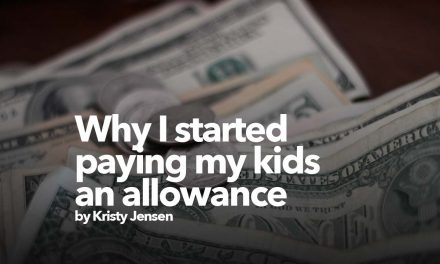Lightbulb moments of learning almost seem magical when our kids finally get it.
However, knowing when to stop or move forward on a lesson plan or subject while homeschooling is not always easy to determine.
What I have learned after homeschooling two of my boys from the beginning is that age matters.
For example, when my oldest son was three years old or learning to read, I had to learn to follow his lead.
Learning to Read – Follow the Lead
That wasn’t easy because with your first child, you are worried he will get behind. I pushed him forward when I shouldn’t have.
Barring any special needs, I’ve learned that young kids will exhibit readiness skills in their own due time.
Don’t rush letter recognition or reading.
Do create the environment for reading and learning by making sure your younger kids have plenty of time with playing. Playing is learning at this age.
Looking back, I realized that setting my house up to create a reading rich environment and by holding him in my lap and reading to him were the secret tips.
Minimizing distractions like the telephone, TV and computer time were key to taming the chaos and beginning my day with a house that was a calm place to begin learning.
No amount of worrying for him to learn to read until he was ready was going to matter. I should have used my time doing something else more productive.
As my sons progressed and had slumps in middle and high school, I learned that was the time they needed my intervention.
What to be aware of at this age is that children shoulder a lot of responsibility, which translated can mean blame for not understanding something.
Some kids may think that because you present a subject to them, they should get it.
Tears are more common at the teen or upper elementary age even though your kids don’t want you to see them. Tears are a huge indicator that something is not right. Don’t move on, figure it out or resistance or rebellion can set in.
Too, don’t take tears as sign that your child’s attitude is not good. I know because I messed up thinking that because a subject was challenging, one of my sons didn’t want to tackle it.
The truth of it was that he didn’t understand the lesson and he thought he should have by then.
What did work was stopping what we were doing and having a warm conversation with whichever son was struggling at the time.
Remember to listen to your children at this age. They want you to know how they feel even though they may not be able to explain how they feel in detail. Also, listen with your heart to help determine the problem.
Children may have feelings of insecurity or they may think you have different or higher expectations.
Should Learning Be a Sink or Swim Mentality?
If I determined it was a challenging subject that one of my sons was struggling with, he needed to hear that all I expected of him was to do his best.
You’d be surprised that though we may think we convey that, as our kids get older, they forget it because of how well they may have done with learning up to that time.
Another tip for an older learner is to go down a level in a lesson or subject.
Pushing forward only makes a teen feel they are drowning in a sea of knowledge instead of floating over it. Learning shouldn’t be sink or swim.
When my sons hit a brick wall, I find something free or inexpensive to use to bring learning down a grade level. Even switching up the approach can make a difference.
We love video teaching in our homeschool but won’t move over to all video-based teaching because it can be unbalanced.
My experience has been that by mixing in straight paperwork, reading and hands-on projects it allow my sons to receive information into the mind in different ways. It also allows a shift in focus and normally one of the methods will click with the way my sons learn best.
Many things can make learning unproductive like a teen’s body changing, changes in your routine, changes in the family or changes in the learning environment. Kids need time to adjust to changes and you want to be aware of those changes.
Don’t sabotage your learning time by pushing through moments of pure mayhem.
When you see progress in your children and they move forward by leaps and bounds because you patiently waited on their lead, you won’t be able to contain your joy.
You’ll want to share with everyone how well your children are learning and you should! I’m listening.






Great post! Thanks for sharing 🙂
Thank You Lisa. Sometimes it is just flat out hard to determine.